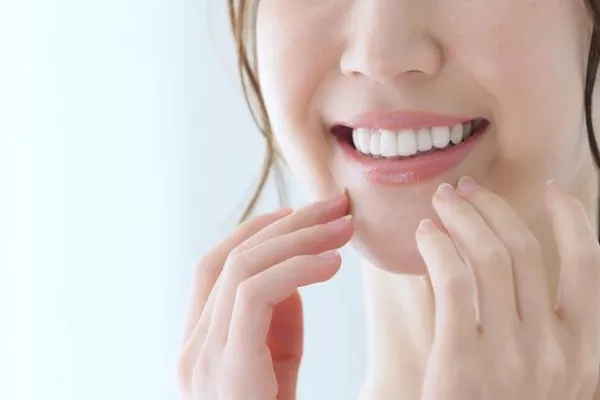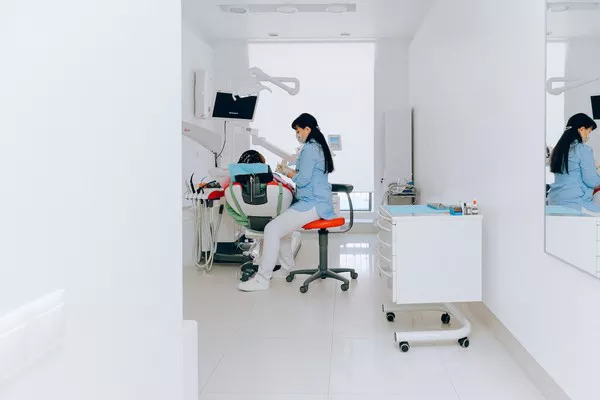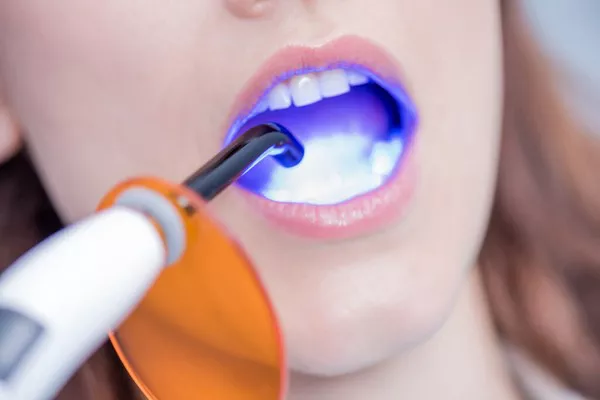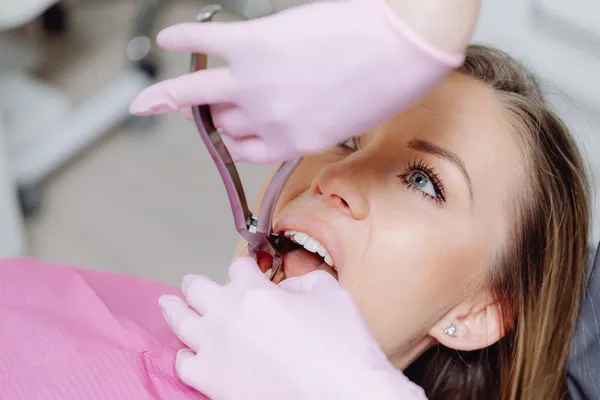If, whiten teeth, can be as convenient as applying facial mask ~ once received a good-looking white-collar family.
During the conversation, we learned that he had a great inferiority complex because of the color, shape and Angle of his teeth.
Although the patient’s appearance was otherwise perfect, his job as a public relations specialist for a Fortune 500 company required his teeth to be in good shape, so he was advised to get dental veneers…
.
What is veneer restoration?
Thinner than a contact lens, veneer is an artificial substance that is applied to one’s own teeth to change the shape, size, color and Angle of the teeth for cosmetic purposes.
Sometimes veneers are also used to protect weaker teeth.
Large gaps in teeth or small front teeth are common cases in cosmetic dentistry.
At these times, veneer restoration is often an ideal choice.
Veneer restorations can be composite resins used to fill teeth, but the most common veneer restorations are ceramic.
These ceramics can be carefully classified according to the cause and means of treatment.
Is veneer restoration suitable for me?
Dr. Delen’s philosophy is, “If possible, the less the doctor changes the patient’s body, the better.”
During veneer restoration, a very small part of the patient’s tooth needs to be polished off first.
If a teenager asks for a dental veneer on a healthy tooth, we usually advise him to reconsider.
Many of the cases he has completed so far include celebrities, beauty pageants and others whose careers require a high regard for their appearance.
In some cases, although there are no occupational or social factors caused by stress, but because of the teeth are not beautiful produced depression.
There are also cases of permanent tooth discoloration caused by previous tetracycline antibiotics.
For these patients, veneer restoration has changed their lives and given them a more confident smile.
Tetracycline teeth can summarize the advantages and disadvantages of dental veneer restoration and common sense?
Details often vary from person to person.
However, in general, the advantages and disadvantages are as follows: Advantages: 1) The latest restorative materials have very similar optical properties (reflection and transparency) to natural teeth, and the restored teeth look very realistic.
2) The most commonly used ceramic veneer materials will hardly discolor due to coffee, red wine and tobacco.
3) Compared with crown configuration, veneer restoration requires much less polishing of the natural tooth.
4) Compared with orthodontics, the treatment process is short.
It’s a quick way to beautify your teeth.
Limitations and precautions: 1) It is very important to choose the ideal ceramic material.
If the ceramic material selected does not match the occlusal pattern of the patient’s teeth, tooth grinding will occur.
In many cases, dentists will recommend “night scrubs” to protect the corresponding teeth.
2) Ceramics are brittle compared to some other dental materials, such as metal or alloy crowns.
And because the veneer is thinner than the crown, it may break under sudden force, such as biting hard on a fork.
3) Because the veneer treatment requires polishing the natural teeth first, occasionally the patient’s teeth will be sensitive to cold/heat.
4) The vast majority of veneer restoration steps require polishing the natural teeth first, and the polishing process is irreversible.
In general, if the patient has healthy teeth, especially in the teens, we recommend other less invasive methods, such as orthodontics or professional bleaching.
However, if you are a celebrity, beauty pageant contestant, and other professional reasons need to attach great importance to the appearance of people, or because of tetracycline teeth and other serious impact on social and quality of life.
It is recommended to use teeth whitening repair, which is a relatively small amount of molar teeth.
Is there anything else I should know before I go to the dentist?
If you want to beautify your teeth, be sure to discuss this with your prosthodontist or family dentist.
In this process, you first need to determine whether the veneer restoration is compatible with your occlusal condition.
Before you begin the process, you can review the restoration results in advance through wax models or computer simulations to make a final decision.
It also helps to bring along some old photos of you and your ideal smile for your dentist to refer to.
As with all cosmetic procedures, Dade recommends that you fully understand the process, including the materials used.
During the discussion with your dentist, thoroughly understand all the pros and cons and precautions.
If, after all this, your answer is still yes, then veneer restoration is indeed an effective way to beautify teeth in a very short time.































